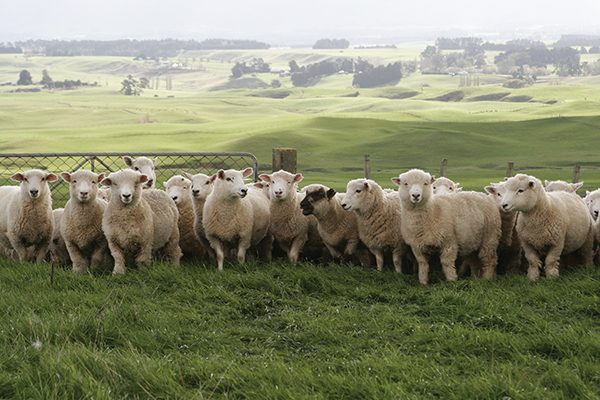The gap in my work from not going overseas has left room for new farming businesses to work with. I always enjoy looking at new farms, the people and structures behind them. When asked to engage with a new farming business I always have some nervousness before arriving. Seldom does the request for me to go come surrounded by what outcome is expected. It is up to me to find that out. I could do that before I go, but when trying that in the past I have found too often it did not really reflect the real reasons. Since some of those reasons can be quite personal, face to face discussion is always best.
Not surprisingly, the overriding expectation for new clients is to be more profitable. But almost always that is presented as a production issue. Often, it’s a very specific production issue. Of course production and profit are well linked, but it is too simplistic to think that just increasing production will drive more profit.
Where that increase in production comes from, the cost of achieving it, the overall impact of a rise in one area impacting on another and the bigger environmental effect. Which means that increasing production to drive more profit has to be well-teased out.
Topics that arise when going through the teasing out process are amazingly common. Admittedly some of those topics come from me because I see that they need to. In sheep breeding systems pre-winter ewe lamb weight and body condition score, and late pregnancy feeding are almost always where there are limitations. Or more positively, where the opportunities are. In beef breeding systems it is very often around when pregnant cows need to be fed. Body condition score is often a limitation but given how cows are used as a working stock class, focusing on key feeding targets is more important. In finishing systems it is growth rates and in most cases reasons for that are not apparent.

Topics discussed
Policy discussions often come from that first visit, but the biggest opportunity is always to make the policies deliver more. Similarly the genetic make up of the breeding stock invariably comes up, that is a long term topic. Animal health is always a topic discussed. The most common reason for it raised by the farmer is because animal health costs are seen to be too high. This can be a big discussion because there are so many parts to it. For a start, in the farm accounts what has been coded to animal health?
That is a variable that is often not accounted for. Dog costs, breeding costs and ear tags are examples of what can be in or out of animal health. They will be there as separate entities or captured under another code.
My approach when looking at animal health costs is to go through the product inputs. Are these necessary and are the most cost-effective products being used?
These discussions inevitably move into management, sustainability and even genetics. Often I observe the source of the products has been tested as an opportunity to spend less. Bulk buying, forward ordering, single outlet commitment or just shopping around are in that mix. I am surprised how little room there is to make gains. It is a very competitive market. Having a planned and justified product input is where a lot of gain can be made in many farming businesses.
“Having a planned and justified product input is where a lot of gain can be made in many farming businesses.”
Sustainability
Also inevitably, there will be discussion about the challenges to farming. Often after a tirade about the unfair nature of some of the threats, a more rational discussion about those issues can be had. Sustainability is a concept accepted by most farmers, but often with frustration. I do have some sympathy for them. How do we maintain a sustainable world, that “we” being a universal “we”?
We can act here but the actions of others elsewhere in the world can totally nullify our actions. Methane must come into that category. However, we cannot forever blame others and not continue to act in both local and international interests. The almost dream images of our products fetching lofty prices because we are doing things to save the world is the proposed reward for the cost of being their saviours. Given the struggle that wool has had to be sold as a premium product, a product that has none of the environmental and food tags that meat has had to deal with, suggests that big rewards are probably not as accessible as the urban elite think that they are. Nevertheless, there are exporters who are paying a premium for meat and wool based on good environmental stewardship, that includes some of the unpalatable stuff. In the end, markets will drive change more positively than regulation.





